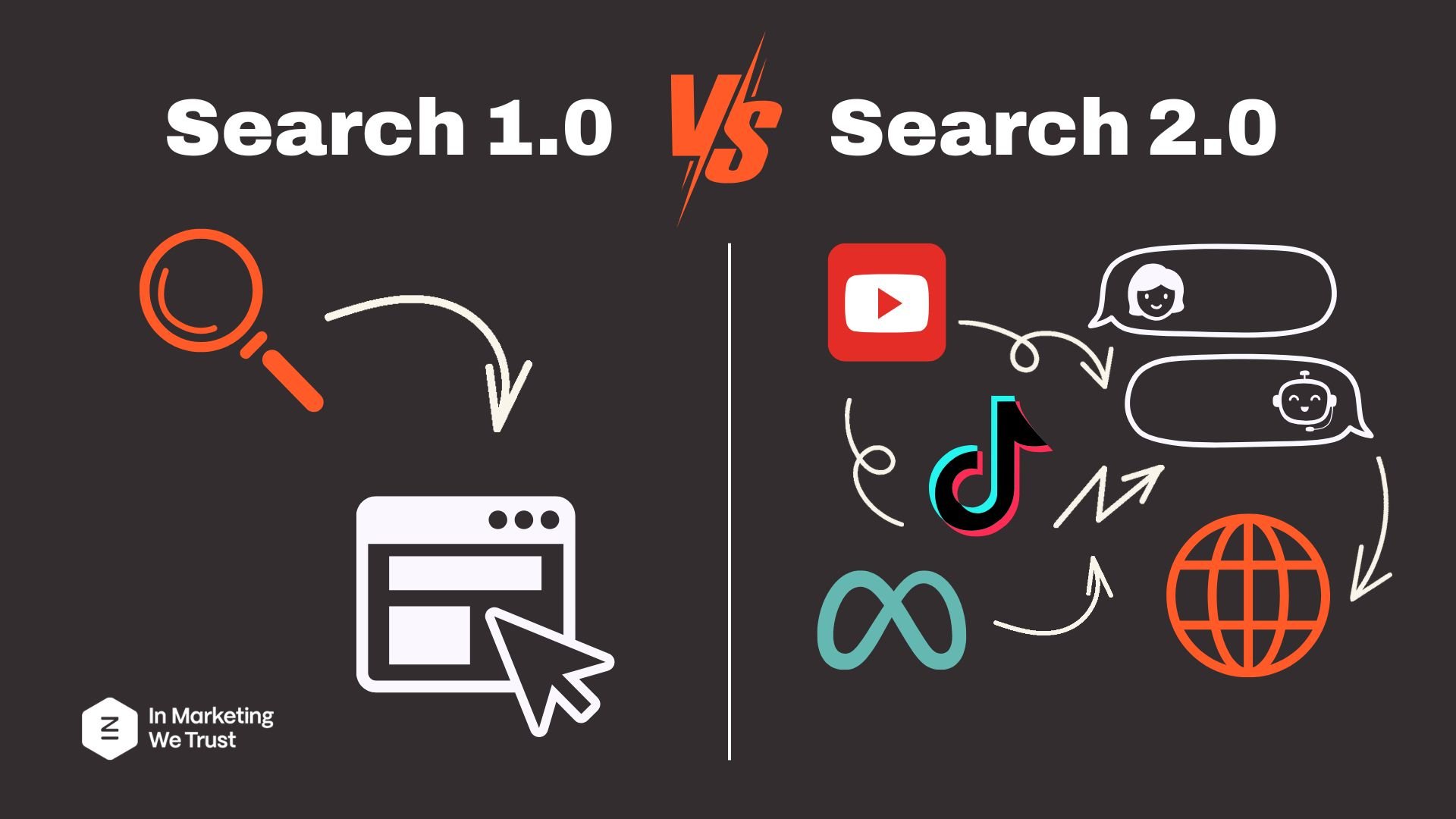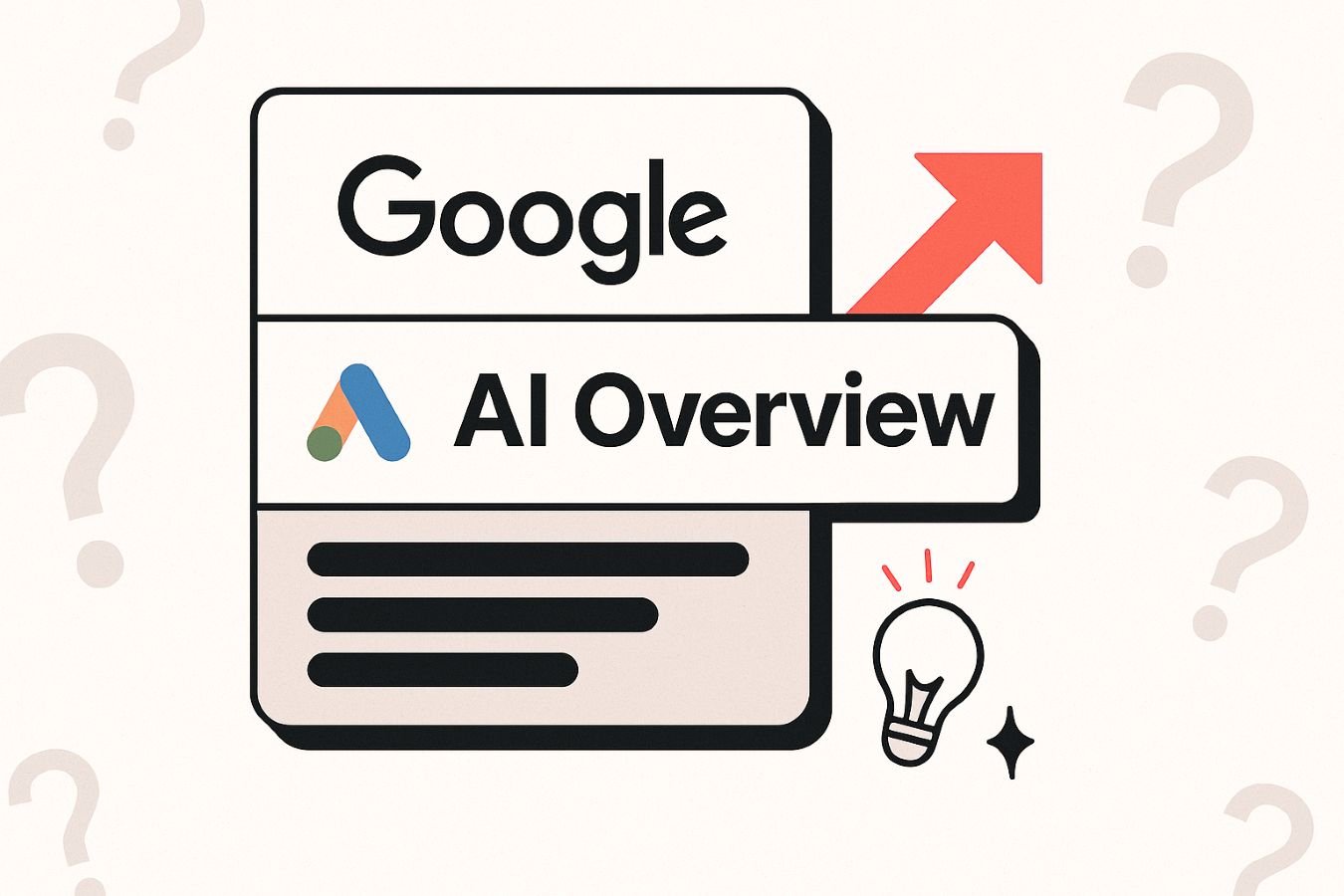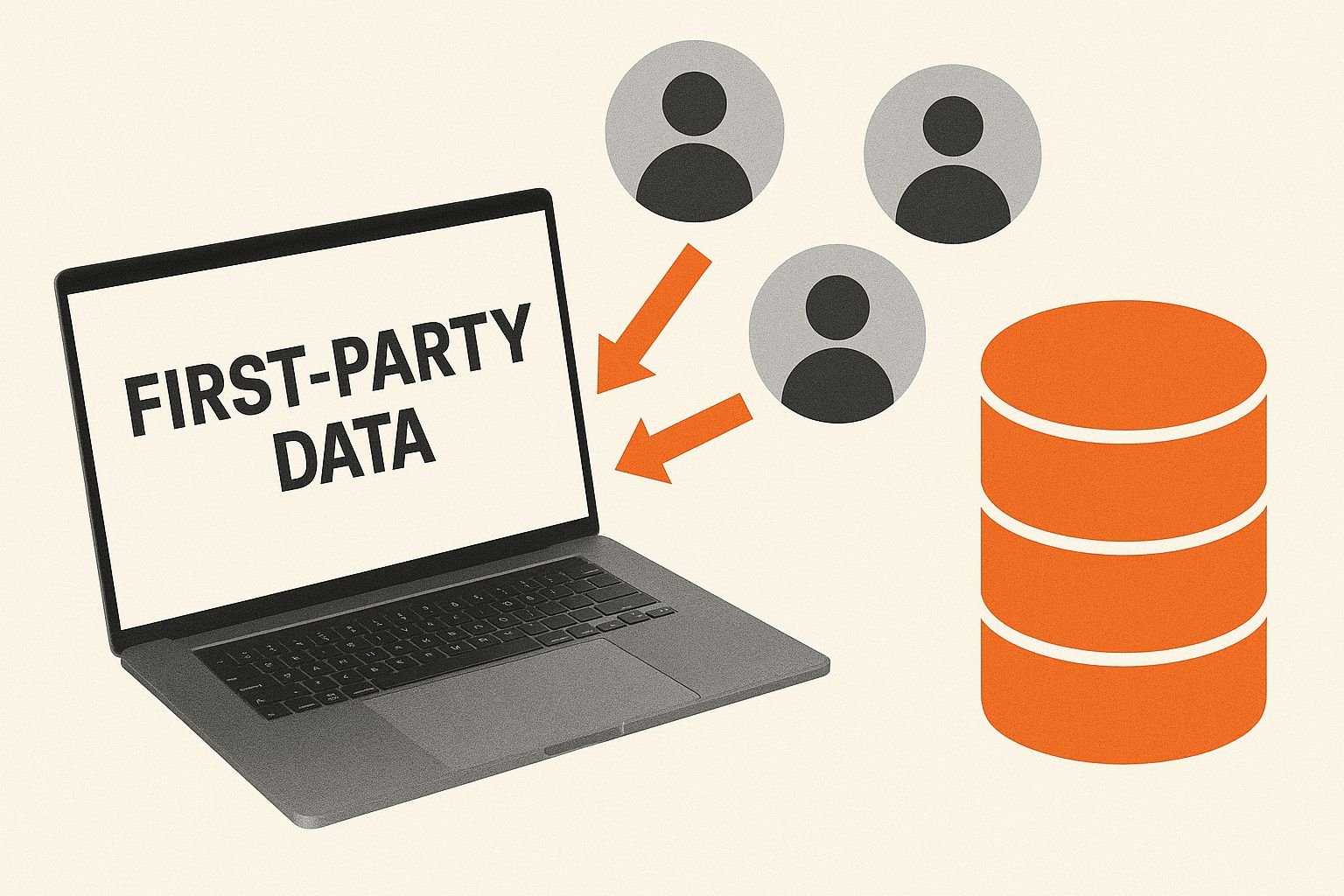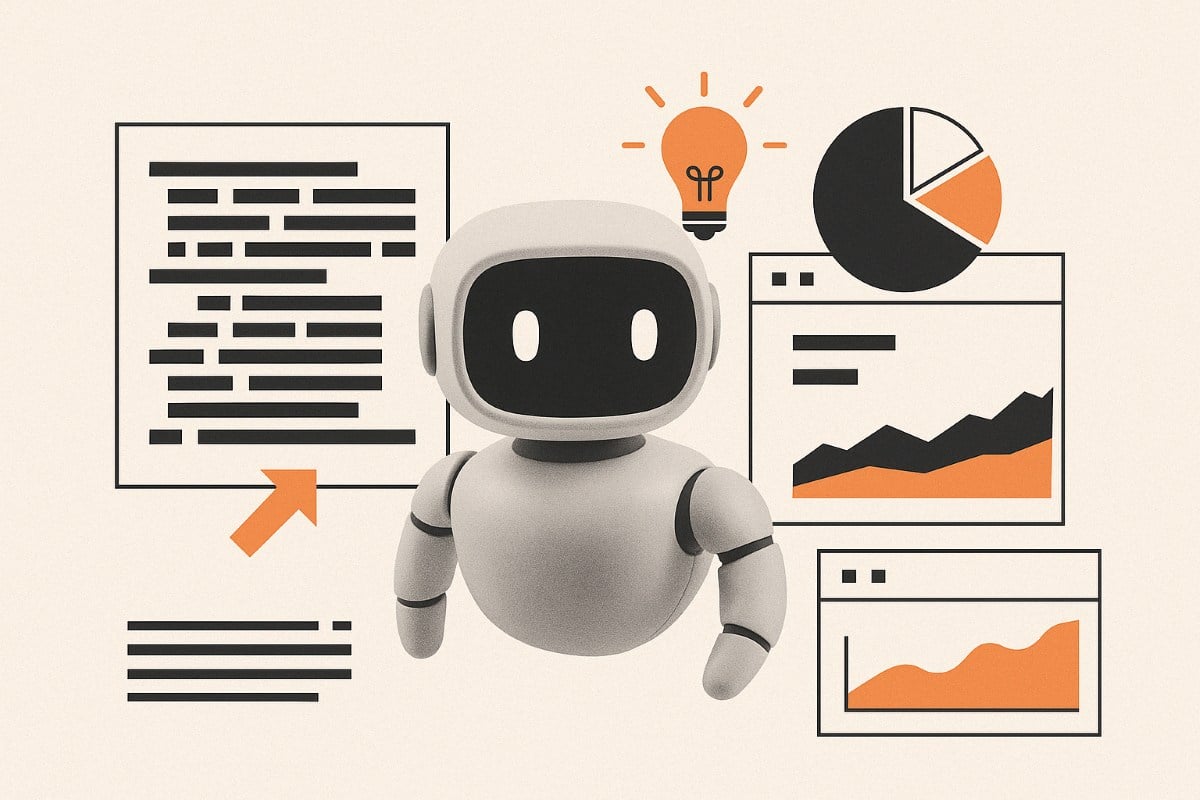Search marketing is undergoing a structural shift.
Not a tactical change. Not a passing trend. A fundamental redefinition of how people find and interact with brands online.
Over the past year, we’ve seen this play out across industries and platforms. AI, large language models, and behavioural shifts have triggered a redistribution of user attention. Discovery no longer begins and ends with typing a keyword into Google. It now spans social platforms, voice assistants, visual tools, and conversational AI.
At a recent roundtable, I opened with a question:
If fewer users are clicking on search results, how do you ensure your brand remains discoverable?
This article is my answer to that question. It builds on the session I presented and reflects what we’re seeing across our client base. Enterprise brands are facing the real implications of Search 2.0 in market.
Before we go further, I want to be clear. Search engines are still central. Websites still matter. Google continues to dominate global search volume. This is not about the death of SEO or websites. It is about redistribution. The entry points to discovery are expanding, and our strategies need to reflect that.
From Search 1.0 to Search 2.0
Search 1.0 was centralised, keyword-led, and predictable.
Google was the default destination. Users typed queries, clicked on links, and visited websites. SEO was a rankings game. Build content around keywords, optimise on-page elements, earn backlinks, and climb the results page.
That model was linear. It created single-channel thinking around search.
Search 2.0 is different.
Today, discovery is decentralised and multi-surface. Users no longer rely on one source for information. They shift between platforms, formats, and interfaces. One journey might begin on TikTok, continue through YouTube or Reddit, and end in an AI chatbot.
We’re already seeing this in analytics. Some clients are reporting new referral traffic from LLMs like Perplexity and ChatGPT. In the below graph you can see the exponential rise in LLM traffic for one of our eCommerce clients.
This is not speculative. It is observable behaviour.
What’s Driving the Shift?
The redistribution of search behaviour is being shaped by five core forces. Each one changes what it means to be visible, and each carries strategic consequences.
1. Zero-Click Search
Roughly 65 percent of searches now end without a click. On mobile, it’s over 75 percent.
Users get answers directly on the results page via featured snippets, panels, summaries, and visual content. The traditional blue link is no longer the default click path.
What this means: If your brand is not visible within the SERP itself, it may not be seen at all. Optimisation must now focus on occupying high-visibility features, not just rankings.
2. LLM Adoption
Large Language Models like ChatGPT and Perplexity are reshaping how people gather information. ChatGPT passed 400 million users in March 2025. Studies show:
- 68 percent use LLMs for general research
- 48 percent use them for news
- 40 percent use them for shopping recommendations
These tools do not retrieve web pages. They synthesise content based on training data. Your brand is represented by what it contributes to the dataset.
What this means: Structured, trustworthy content is essential. If your content is unclear, unstructured, or lacks authority, it may be excluded altogether.
3. Social Discovery
Social platforms now function as search engines.
TikTok is the second most-used search tool among US users aged 18 to 24. Globally, 40 percent of Gen Z prefer TikTok or Instagram over Google for local or product-related searches.
What this means: Brands must produce native content for each platform. A 500-word product page will not outperform a 12-second video with a clear CTA and trending audio.
4. Personalised Discovery
AI-driven personalisation now defines what users see.
Up to 75 percent of viewed content is determined by algorithmic curation. Search is no longer standardised. Each user sees a unique set of results based on history, preferences, and location.
What this means: General content has limited reach. To compete, content must match individual intent and moment-specific context.
5. Voice and Visual Interfaces
Search is no longer limited to text inputs.
Google Lens now processes over 10 billion visual queries per month. Voice assistants handle more than 20 percent of mobile search queries. Users interact with search in more fluid, natural ways.
What this means: Optimisation must include structured data, alt text, and conversational phrasing. If content cannot be interpreted by these systems, it cannot be found.
Websites and Search Engines Still Matter
It’s easy to overcorrect in the face of change. But search engines are still the dominant source of organic traffic. Your website remains the most important digital asset for establishing trust, relevance, and authority.
However, its role is evolving.
Your website is no longer the single point of entry. It is the source of truth. The hub. But the discovery journey may start elsewhere — in a social feed, inside an LLM, or through voice search.
If your brand is not structured for this journey, it will be missing from many of the moments that now matter.
The Invisible Middle: A New Blind Spot in Search
One of the most important consequences of Search 2.0 is not where discovery happens, but what we can no longer see.
In Search 1.0, marketers could measure the entire journey — impressions, queries, click-throughs, dwell time, and conversions. That visibility enabled fast learning and precise optimisation.
In Search 2.0, much of that visibility has been lost. As users shift into closed systems — especially LLMs like ChatGPT and Perplexity — their exploration and evaluation activity becomes invisible.
This is what I call the Invisible Middle.
It’s the space between intent and action that used to be full of insight. We could see how users explored and compared. We could optimise accordingly. Today, that middle is a black box.
Why it matters:
- Loss of behavioural signals: We can no longer track how users refine their decisions inside AI platforms. That makes it harder to identify what works.
- Weakened attribution: Referrals from LLMs show up in analytics — but we don’t know what influenced the user before they clicked.
- Reduced feedback loops: Without intent or query data, testing and optimisation become guesswork.
- Impact on investment: When we can’t connect strategy to outcome, it’s harder to justify investment. This affects budget, planning, and performance accountability.
The Invisible Middle is growing. Referral traffic from LLMs is increasing across our client base. But it often arrives without context — no queries, no journeys, no signals.
This does not mean we abandon AI platforms. It means we change how we approach them. We need to stop thinking in terms of measurable journeys and start designing for presence and influence — even when it cannot be tracked.
This shift is one of the clearest reasons why a broader framework is needed.
The Search Everywhere Ecosystem
To navigate this complexity, we use a model called the Search Everywhere Ecosystem. It maps where discovery is happening and how brands need to adapt.
There are three core layers.
1. Universal Search Destinations
These are the high-frequency platforms where discovery begins:
- YouTube
- TikTok
- ChatGPT and Perplexity
- Amazon
Each platform has its own rules. Each is a search engine in its own right.
Focus: Create content that is native to the platform. Optimise for LLMs with structured summaries. Build short-form video for TikTok. Treat YouTube as a visual SERP.
2. Extended Search Destinations
These are specialised or vertical search environments:
- Maps and local listings
- Marketplaces like Etsy or Booking.com
- App stores
- Industry-specific directories (e.g. TripAdvisor, Houzz)
These channels often serve high-intent users.
Focus: Optimise listings, metadata, and structured content to meet the platform’s expectations and match user needs.
3. Search Interactions
This layer reflects how people engage with search:
- Desktop: long-form research
- Mobile: task-based and location-driven
- Voice: concise, immediate
- Visual: object-based discovery
- Connected devices: smart TVs, in-car systems, wearables
Focus: Match content to input mode. Voice content should be clear and brief. Mobile content must be fast. Visual content must be tagged and scannable.
Strategic Priorities for Marketers
What should digital teams do today?
1. Adapt content strategies
Structure content for LLMs and AI-rich SERPs. Focus on semantic clarity and question-based formats.
2. Diversify platforms
Build discovery strategies across Google, TikTok, YouTube, Amazon, and LLMs. Treat each as its own surface.
3. Leverage AI tools
Use AI to analyse gaps, model performance, and accelerate production — but maintain human oversight for quality.
4. Anchor your website
Ensure your site signals depth and authority. This remains your most important source of credibility, even when discovery happens elsewhere.
To Answer My Original Question… How Do You Stay Discoverable?
If fewer people are clicking, how do you ensure your brand is still found?
- You meet users where they are searching.
- You deliver the right content, in the right format, at the right moment.
- You design for influence, not just visibility.
Search 2.0 demands broader thinking. The brands that adapt early will be the ones that users find, trust, and choose — regardless of where their journey begins.












